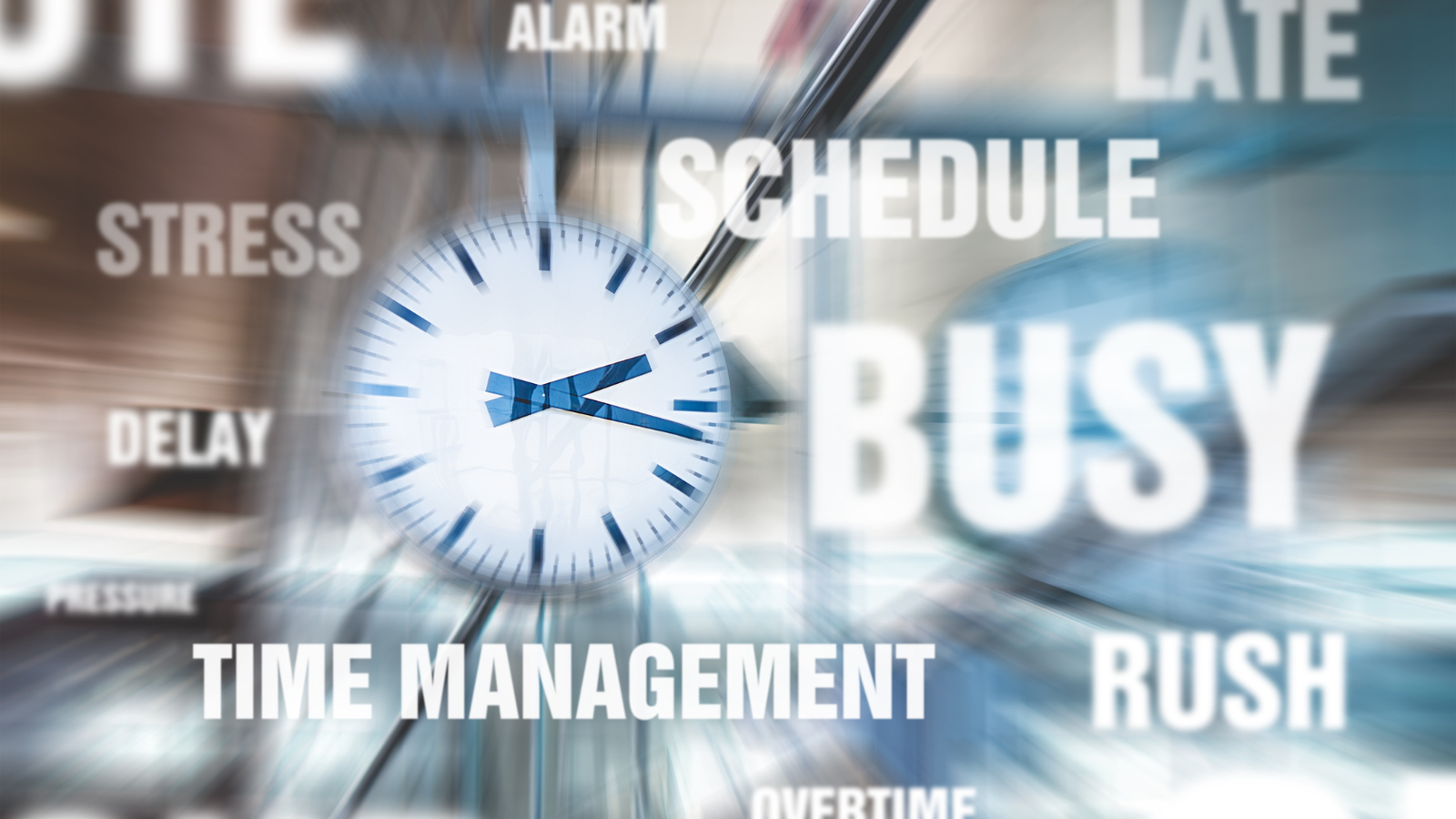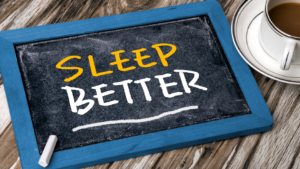There is a strong connection between mental health and physical wellness. Emotional and physical stress can deteriorate our minds and bodies to the point of debilitation. Learning to properly manage stress and understand when you’re body is going to reach that point is critical to stress management and healthy emotional responses.
Not only does disconnection between your mental health and physical wellness effect you individually, but it also effects how you interact with others. This post will explore how mental health and physical wellness are intertwined, the benefits of nurturing both, and practical tips to enhance your overall well-being.
Table of Contents
Why Mental Health and Physical Wellness Matter
Both mental health and physical wellness contribute to a balanced life. They influence each other in profound ways, creating a cycle of health and well-being. Here’s why they matter:
Mental Health Influences Physical Health
- Stress and the Body: Chronic stress can lead to various physical health problems, including high blood pressure, heart disease, and weakened immune function. Stress increases cortisol levels, which can cause inflammation and hinder the body’s ability to heal (SpringerLink). One of the biggest influencers to the decline of my health was extreme stress and fatigue.
- Emotional Well-being: Anxiety and depression can lead to poor eating habits, lack of exercise, and neglect of self-care. These mental health challenges often result in physical symptoms like fatigue, headaches, and digestive issues (SpringerLink).
Physical Health Influences Mental Health
- Exercise and Mood: Physical activity releases endorphins, which are natural mood lifters. Regular exercise can reduce symptoms of depression and anxiety by boosting self-esteem and cognitive function (SpringerLink).
- Nutrition and Brain Function: A balanced diet provides the nutrients your brain needs to function optimally. Omega-3 fatty acids, found in fish, and antioxidants, found in fruits and vegetables, support brain health and can improve mood and cognitive function (SpringerLink).

The Benefits of a Holistic Approach
Understanding and nurturing the connection between mental health and physical wellness can lead to numerous benefits:
Improved Mood and Energy
- Exercise: Regular physical activity increases energy levels and reduces fatigue. Activities such as walking, cycling, and swimming improve cardiovascular health, which boosts stamina and overall energy.
- Nutrition: Eating a balanced diet with plenty of fruits, vegetables, healthy fats, and lean proteins supports sustained energy and stable moods. Foods rich in properly prepared carbohydrates, like sprouted grains, provide a steady release of energy (SpringerLink).
Better Stress Management
- Physical Activity: Exercise is a powerful stress reliever. It helps to reduce cortisol levels and increase endorphins, improving your ability to handle stress.
- Emotional reaction control and Relaxation: Learning to control emotional reactions and deep breathing can reduce stress and promote mental clarity.
Enhanced Cognitive Function
- Exercise: Regular physical activity has been shown to improve brain function, enhance memory, and protect against cognitive decline. Activities that require coordination and skill, such as sports or playing a musical instrument, are particularly beneficial for the brain.
- Nutrition: Nutrient-rich foods, such as those high in omega-3 fatty acids, antioxidants, and vitamins, support brain health and cognitive function. Foods like berries, nuts, and leafy greens are known to assist the body and enhance brain processing and function.

Stronger Immune System
- Exercise: Regular moderate exercise can boost your immune system, helping you fight off illnesses more effectively. Exercise promotes circulation, which allows immune cells to move through the body more efficiently.
- Sleep: Quality sleep, which is influenced by both physical and mental health, is essential for a strong immune response. During sleep, the body produces cytokines, proteins that help fight infection and inflammation (SpringerLink).
Practical Tips for Enhancing Mental Health and Physical Wellness
Taking a holistic approach to health means addressing both mental and physical aspects. Here are some practical tips to get you started:
Stay Active
- Find Activities You Enjoy: Exercise doesn’t have to be a chore. Find physical activities you enjoy, whether it’s hiking, swimming, or playing a sport. When you enjoy what you’re doing, you’re more likely to stick with it.
- Consistency is Key: Aim for at least 150 minutes of moderate aerobic activity or 75 minutes of vigorous activity each week, along with muscle-strengthening activities on two or more days a week. Consistency helps build a routine that becomes a natural part of your life (SpringerLink).

Eat a Balanced Diet
- Nutrient-Dense Foods: Focus on whole foods that are rich in nutrients. Include a variety of fruits, vegetables, whole grains, lean proteins, and healthy fats. These foods provide the vitamins, minerals, and antioxidants your body needs to function at its best.
- Stay Hydrated: Drink plenty of water throughout the day to support overall health and well-being. Dehydration can affect energy levels, cognitive function, and mood.
Prioritize Sleep
- Create a Sleep Routine: Go to bed and wake up at the same time every day. Create a relaxing bedtime routine to signal to your body that it’s time to wind down. Activities like reading, taking a warm bath, or listening to calming music can help prepare you for sleep.
- Optimize Your Sleep Environment: Make your bedroom a relaxing environment for sleep by keeping it cool, dark, and quiet. Consider using blackout curtains, a white noise machine, or earplugs if necessary.
Stay Connected
- Social Support: Maintain strong connections with friends and family. It is absolutely critical to avoid isolation and have social support which can provide a sense of belonging and purpose. Engage in social activities and reach out to loved ones regularly.
- Seek Help When Needed: Don’t hesitate to seek professional help if you’re struggling with mental health issues. Therapy and counseling can provide valuable support and strategies for managing mental health.

Staying Motivated
Building a healthy routine that nurtures both mental and physical wellness can be challenging, but staying motivated is key. Here are some tips to help you stay on track:
Set Realistic Goals
- Small Steps: Start with small, achievable goals and gradually build up to more significant changes. Follow the steps in How to Set Achievable Fitness Goals to intentionally progress in the areas you need to improve. Celebrate your progress along the way. For example, if you’re new to exercise, start with a 10-minute walk and gradually increase the duration.
- Track Progress: Use a journal or an app to track your activities, mood, and overall well-being. It doesn’t have to be complex, keep things very simple and track the information however you can. The point is to have a way to identify the key issues and get a better understanding of triggers that set you off. Identifying these triggers will help keep you accountable and have a good starting point for change.
Find Your Why
- Personal Motivation: Identify your reasons for wanting to improve your mental and physical health. Whether it’s to feel better or be more active with your loved ones, knowing your why can keep you motivated. Write down your main reasons and look back on them often when you need encouragement
Stay Flexible
- Adjust as Needed: Be willing to adjust your routine as needed. Life can be unpredictable, and it’s essential to stay flexible and adaptable. If you miss a workout or have a bad day, don’t be too hard on yourself. Figure out what you need to do next time and try again.
Conclusion
Understanding the connection between mental health and physical wellness is a powerful step towards a healthier, more fulfilling life. By taking a holistic approach and implementing practical tips, you can enhance your overall well-being and enjoy the multitude of benefits that come with balanced mental and physical health. Remember, it’s about making gradual, sustainable improvements and finding what works best for you. If you want to learn more, reach out or subscribe for more practical information.



